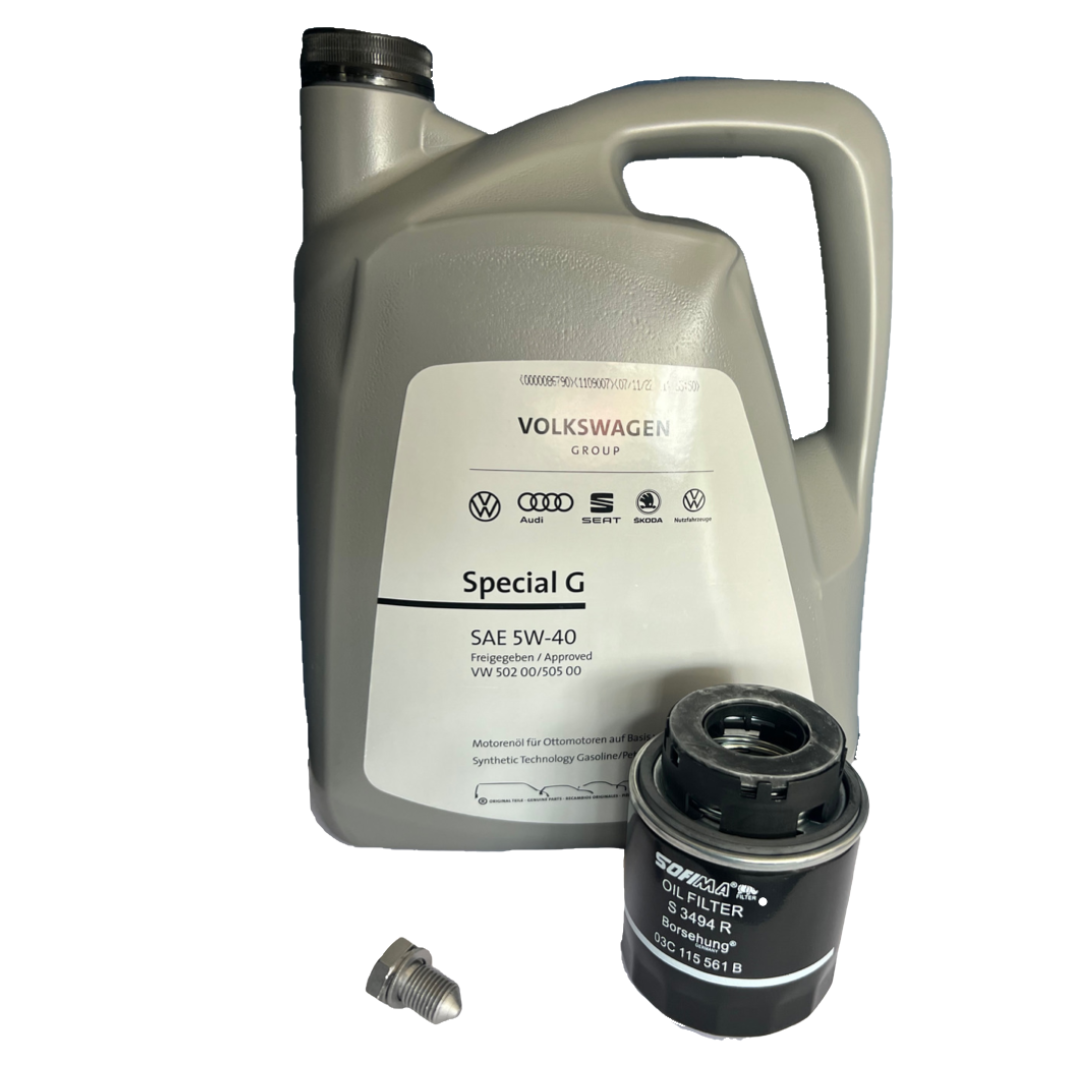Ensure smooth operations with a properly serviced clp engine.
Ensure smooth operations with a properly serviced clp engine.
Blog Article
Just How a Clp Engine Can Enhance Efficiency in Different Industries
The arrival of CLP engines marks a considerable shift in operational performance throughout different industries, driven by their ability to optimize fuel intake and decrease downtime. As companies progressively prioritize sustainability together with effectiveness, the duty of CLP engines comes to be even more important.
Overview of CLP Engines
CLP engines, or Continual Fluid Propellant engines, represent a significant development in propulsion technology, specifically for room applications. These engines use a continuous feed system that permits the continual expulsion of propellant, causing enhanced efficiency and efficiency contrasted to standard strong or hybrid propulsion systems. By maintaining a consistent flow of fluid propellant, CLP engines can accomplish much more specific thrust control, which is essential for steering spacecraft in different mission circumstances.
The design of CLP engines incorporates sophisticated products and ingenious fuel monitoring systems. clp engine. This results in lowered weight and boosted reliability, crucial elements for long-duration room objectives. Furthermore, the constant operation minimizes the danger of combustion instability, a typical challenge in traditional rocket engines.

Advantages in Production
The production of Continual Fluid Propellant (CLP) engines provides a number of noteworthy advantages that boost both efficiency and cost-effectiveness. One of the primary benefits is the structured manufacturing process, which decreases the complexity associated with conventional propulsion systems. By utilizing liquid propellant, suppliers can attain better precision in engine performance, bring about optimized energy result and minimized waste.
Additionally, CLP engines facilitate a greater degree of modularity, enabling easier assimilation into various production lines. This versatility can substantially lower lead times and boost general operational adaptability. Making use of CLP modern technology also tends to decrease the demand for considerable maintenance as a result of fewer relocating parts, which translates right into decreased downtime and functional costs.

Applications in Logistics
Leveraging Continuous Liquid Propellant (CLP) engines in logistics provides considerable advantages in operational effectiveness and dependability. These engines give a robust option for different transportation requirements, allowing the seamless movement of goods across vast distances. The inherent style of CLP informative post engines enables for constant power outcome, which translates into smoother and extra foreseeable transport routines.
One of the essential applications of CLP engines in logistics remains in heavy-duty freight transportation, where they can drive both ground and airborne automobiles. Their capability to preserve high performance under differing lots problems guarantees that delivery timelines are satisfied, thus enhancing consumer contentment. In addition, CLP engines can be integrated into automated logistics systems, facilitating real-time monitoring and maximizing path planning.
Furthermore, the resilience of CLP engines reduces maintenance downtime, permitting logistics companies to optimize their operational capabilities. This is specifically useful in warehousing operations, where effectiveness in dealing with and transporting items is vital. As logistics continues to progress, the integration of CLP engines stands for a forward-thinking approach that not just improves performance but additionally sustains the market's expanding demands for dependability and rate.
Effect On Power Efficiency
Just How do Continuous Fluid Propellant (CLP) engines improve power efficiency in transportation? CLP engines make use of a consistent flow of fluid gas, optimizing combustion procedures and keeping a steady drive result. This design minimizes energy losses related to standard combustion engines, where fuel delivery can vary and result in inefficiencies.
The constant procedure of CLP engines permits a more effective thermal cycle, straight from the source leading to greater details impulse compared to traditional engines. clp engine. This converts to lowered gas consumption for the same amount of work done, considerably reducing operational expenses throughout different transport fields, consisting of aeronautics and maritime industries
Moreover, the ability of CLP engines to maintain optimal performance under varying tons problems minimizes the demand for constant velocity and slowdown, better boosting gas performance. Boosted power effectiveness not only adds to cost savings but additionally leads to lower greenhouse gas emissions, aligning with international sustainability objectives.
Future Trends and Innovations
Arising innovations in Continual Fluid Propellant (CLP) engine innovation guarantee to transform the landscape of transportation efficiency and sustainability. As sectors pivot towards greener choices, CLP engines stand at the leading edge, integrating innovative materials and layout methods that improve performance while minimizing ecological influence.
One of the most encouraging patterns is the adoption of crossbreed systems that integrate CLP engines with sustainable energy resources. This synergy can optimize gas usage and reduce emissions, straightening with worldwide sustainability objectives. In addition, improvements in computational fluid characteristics (CFD) are assisting in the design of even more aerodynamically effective engines, resulting in lowered drag and improved gas effectiveness.
Furthermore, the advancement of clever tracking systems is established to improve functional efficiencies. These systems utilize data analytics and IoT innovation to maximize engine performance in real-time, ensuring that the engines operate within their most reliable parameters.
As research study proceeds to explore alternate propellant formulations-- such as biofuels and synthetic gas-- the future of CLP engines looks encouraging. By utilizing these technologies, markets can not just improve their effectiveness yet additionally contribute substantially to a cleaner, extra sustainable future in transportation.
Verdict
In final thought, CLP engines stand for a significant development in effectiveness throughout numerous industries. Their ability to enhance gas intake and lower operational costs, integrated with a continual feed system, boosts power result and functional reliability. The integration of advanced materials and article fewer moving parts reduces maintenance needs, while placement with sustainability goals placements CLP engines as a pivotal innovation for the future. Continued technology in this field assures additional renovations in performance and ecological performance.
Report this page